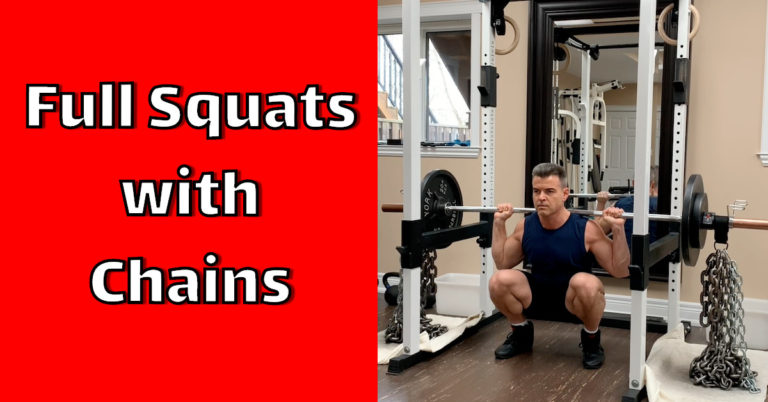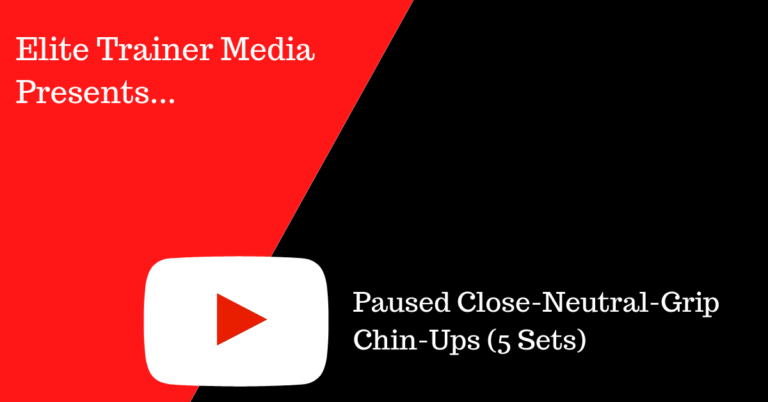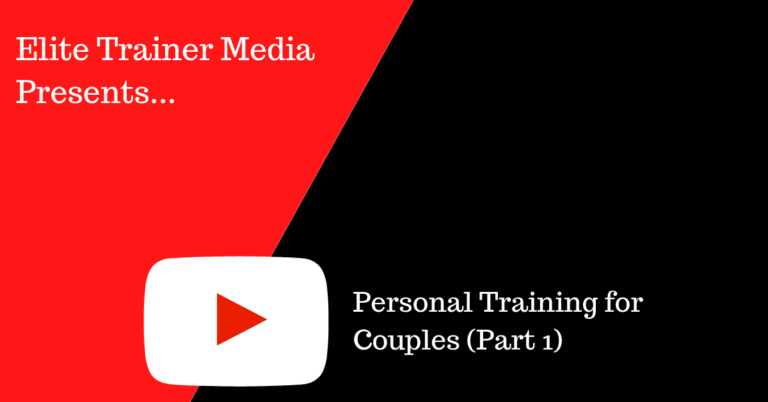Exercising too close to bedtime can mess up your sleep. It keeps your body in a sympathetic “fight or flight” mode when it should be shifting into a restful state. Watching an action-packed, suspenseful movie or television show can have a similar effect—not only does it elevate your heart rate, but the blue light from…
Here’s a “super” combo to finish off your upper-body workout: pair the standing cable crossover with the bent-over dumbbell lateral raise. Perform 3 sets of 15–20 reps for each exercise with minimal to no rest between them. For more great exercise pairings, check out:
Here’s a way to make push-ups more challenging: place your hands on a wobble board, elevate your feet on a step, and wear a weighted vest to increase the load. Aim for a full range of motion and keep the wobble board level by bracing your core throughout the set. In the video below, my…
If you constantly scratch the scab, you’ll never heal. That applies to any injury, but it’s especially true for shoulder injuries. The shoulder is the most mobile joint in the body. It can move the arm into thousands of positions—16,000, to be exact! If you don’t set the scapula and stabilize the joint properly, you…
Over the past week, I’ve run into a problem—a good problem, mind you—but a problem nonetheless. Four former clients want to return to training. The issue is… where do I fit them into my schedule? I’ve always maintained that personal trainers seeking new clients should focus first on the ones they already have. If you…
Paused reps can be a game-changer in your training. By deliberately stopping at key points during a lift, you reduce momentum, reinforce proper technique, and dramatically increase muscular tension. In the case of chin-ups, pausing at the bottom not only reduces cheating, but also provides a brief decompression for the spine and shoulders—something many lifters…
Now it’s Barb’s turn to train upper body while Terry works his lower body. Strategic program design allows both of them to push hard in the same session, with individualized focus — a win-win approach for any couple looking to stay strong and healthy together.
While Terry focuses on upper-body strength, Barb targets her lower body with personalized training that suits her needs and past injuries. This is a great example of how couples with different goals and histories can still train together effectively — without compromising their progress.
Meet Barb and Terry. This husband-and-wife duo began training with me in November of 2017. Despite having different health histories and training goals, they wanted to work out together. So, I designed a program that addressed their individual needs while allowing them to train side by side. How did I do it? Learn the thought…










